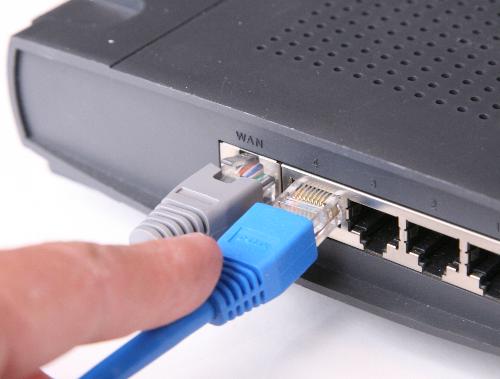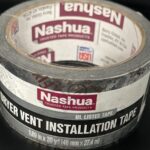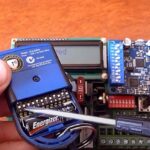
Nowadays people connect with each other through internet not only for entertainment, but for work related purposes. Internet has become the number one source for infinite information. However, in order to connect to the world of infinite possibilities, you will need a good internet connection. One way to do that is to use quality Ethernet cable and connect it to devices on local area networks such as computers, routers or switches. However, know there is more than one Ethernet cable.
What differs one Ethernet cable from another, is the quality of the cabling which determines durability. Even though today everything is about wireless connections, there are still many LAN’s that rely on CAT cables when it comes to transmitting data. Ethernet cables can either be unshielded or shielded twisted pair that have same construction structure but differ when it comes to transmission frequency. We’ll explain different types of Ethernet cable in order to make it more clear which one to use for which application.
CAT 3 Cable – This type of unshielded twisted pair Ethernet cable was popular in the early 1990s for 10 BASE-T Ethernet networks, offices and homes. Today, even though replaced by Cat 5 cable, it is still used for two-line phone configurations that handle speed up to 10 Mbps. Cat 3 is an Ethernet cable that belongs to the group of copper cabling family that can carry data up to 10 Mbit and 16 MHz bandwidth.
CAT 5 Cable – For those who use LANs to hook the computer to internet Cat 5 cable is the right option. This twisted pair cable is one of the most popular cables used today that supports Ethernet speed up to 100 Mbps. Cat5 cable consists of four pairs of copper wire and is used for 10 BASE-T or 100 BASE-T standard (Gigabit Ethernet) to transmit data. Cat 5 cable is used to connect devices at length up to 100 meters and can be either solid or stranded. If you need the Cat 5 cable for fixed wiring configurations like in office buildings, then solid Cat 5 cable is ideal, where as if you need it for shorter distance and for movable cabling, then go with the stranded Cat 5 cable.
CAT5E Cable – Cat 5 has been substitute by Cat5E cable which offers faster speed and less interference. This twisted pair Ethernet cable supports up to 1000 Mbps and uses four pairs of copper wire instead of two. Cat5E cable helpscut down the interference and is capable of achieving 1000 BASE-T speed at a distance of up to 100 meters. Cat5E cable nowadays, is the most commonly used Ethernet cable that provides faster and more reliable speed than the older version of Cat 5 cable.
CAT 6 Cable – Cat 6 Ethernet cable is an improved version of twisted pair cable. Compared to Cat 5 cable and Cat5E cable, Cat 6 Ethernet cable uses all four pairs of copper wire in order to reach speed up to 1 Gigabit per second. Limited to 100 meters distance, Cat 6 Ethernet cable is ideal for home or office use. It supports 10 BASE-T, 100 BASE-TX, 1000 BASE-T and 10 GBASE-T standards and solves the interference problem since it is an improved version of the previous CAT cable models.






















